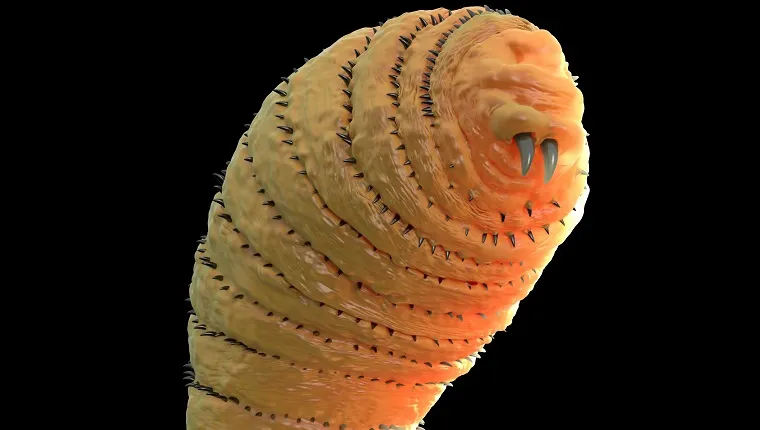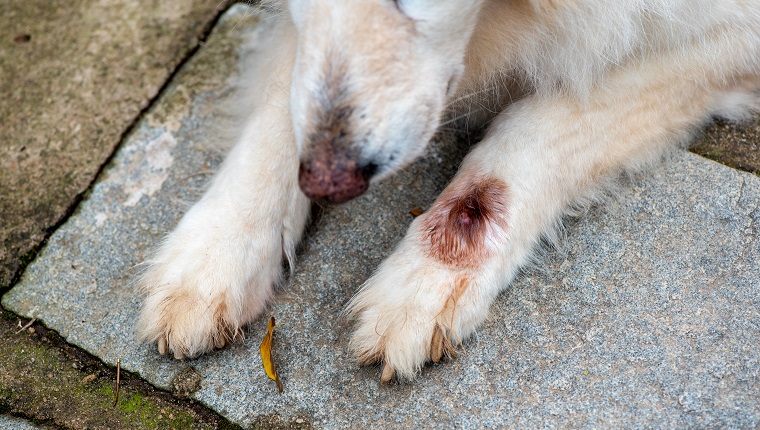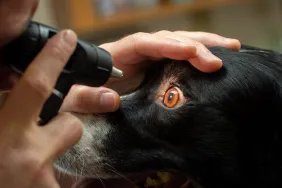Cuterebra infection dogs, sometimes colloquially known as a case of the warbles, involves a type of parasitic botfly that manages to embed itself into a dog’s skin, central nervous system, upper respiratory tract, and eyes.
These botflies are present in the United States, Canada, and Mexico and are often more prevalent during the summer and early fall seasons. Dogs can contract an infection by picking up larvae in grass or from infected rodents and rabbits.
If you see signs that your dog might be suffering from warbles, then you must consult your veterinarian for a proper diagnosis and course of treatment. Here’s what you should know about the symptoms, causes, and treatments of cuterebra infection in dogs.
Symptoms Of Cuterebra Infection Dogs
Cuterebra infection in dogs can result in a number of different symptoms depending on which parts of the dog’s body are affected. Some of the most common symptoms include:
- Vomiting
- Developing swollen areas of the skin
- Acting generally lethargic
- Losing their appetite
Causes Of Cuterebra Infection In Dogs

The cause of cuterebra in dogs is botfly larvae entering the body. Dogs can often pick larvae up from blades of grass or engagement with infected rabbits and rodents. When the larvae enter a dog’s body through the nose, mouth, or ear, they can spread throughout the body.
Studies have shown smaller dogs weighing less than ten pounds have a higher likelihood of contracting warbles than other larger dogs. Yorkshire Terriers, in particular, seem to have the highest risk.
Veterinary Treatments
If you start to think that your dog is suffering from cuterebra infection, then your veterinarian will want to search for signs of botfly larvae. This process might involve your dog going under general anesthesia.
If your vet suspects that the infection has affected your dog’s central nervous system, then they may suggest procedures including MRIs, CT scans, and spinal taps to confirm the presence of larvae.
The main way to treat the infection is to remove the larvae from the dog’s body. After removing the larvae, the vet will medically clean any affected areas of the body.
In a lot of cases, vets will also recommend a course of antibiotics. As ever, if your vet prescribes your canine any medicine, it is vital that you stick to the precise dosage and frequency instructions, along with completing the full course of medication.
In some cases, vets may prescribe the drug ivermectin.
In general, it is worth noting that many cases can take months to treat properly.
Has your dog ever suffered from cuterebra infection? How long did it take your dog to recover? Tell us all about it in the comments below.









